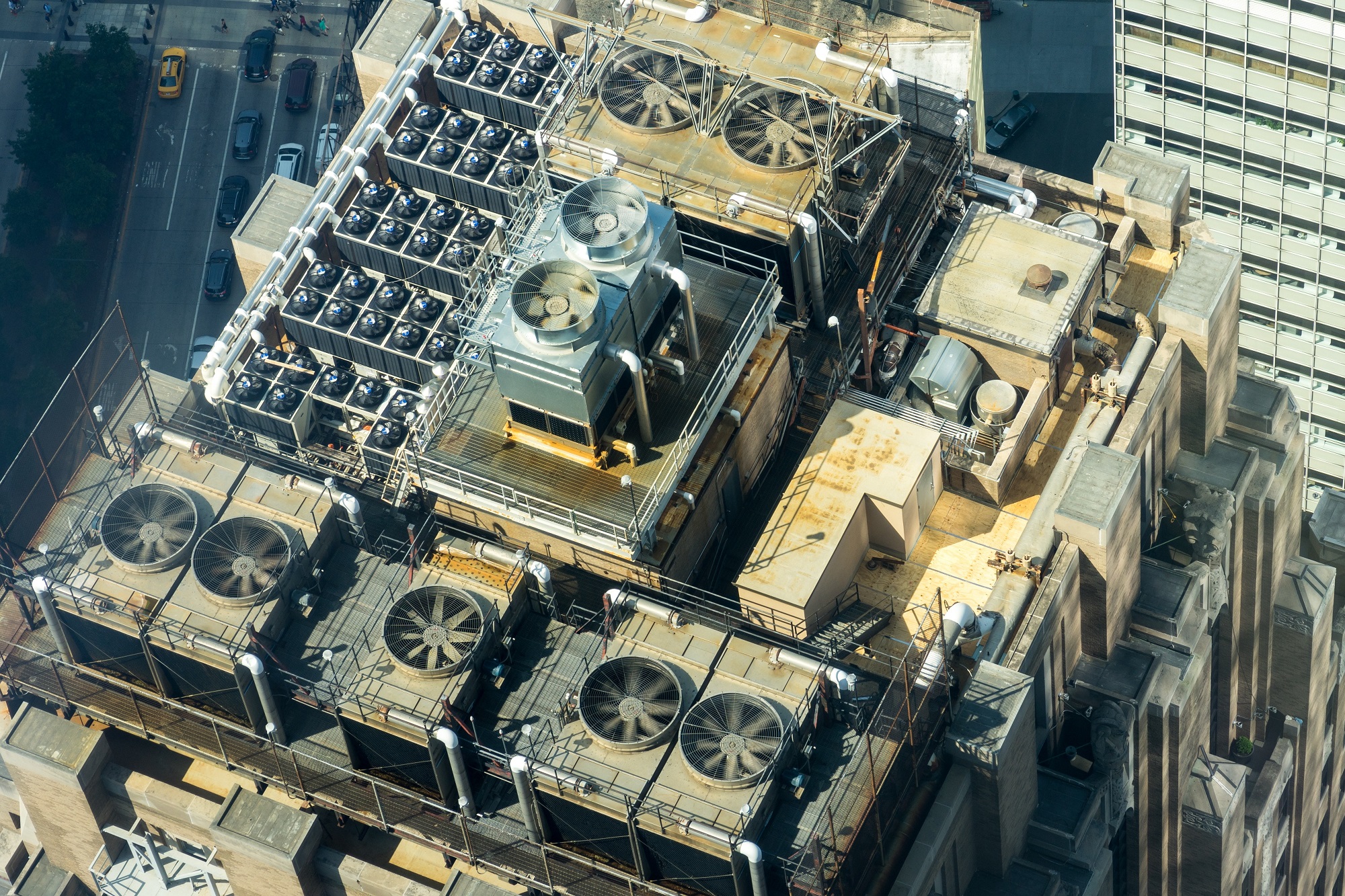Loss adjusting: a whole art
At a time when the art and culture sector is in upheaval, the Fine Art loss adjuster strives to bounce back and adapt to any situation.
Art is a true reflection of our humanity and culture. Through the subjectivity of its creator, it can find an echo in each one of us. Each piece of art has a physical property or concept behind it which may be subject to deliberate or accidental loss. Faced with these risks and their consequences, the Fine Art loss adjuster responds.
What is Fine Art? A notion that needs to be precisely defined in order to understand its environment, its fragility at a time of unprecedented crisis and the means implemented by the loss adjuster to preserve this cultural heritage.
An environment that is unique…
Legally speaking, Fine Art is divided into two main categories: fine art, i.e. single works such as painting, sculpture, drawing, etc., and mechanical reproduction of multiples such as photography, prints, etc. According to the legal definition of the art object, several eligibility criteria are taken into consideration: rarity, value, the artist’s touch, and signature. The Fine Art loss adjuster then verifies and clarifies these criteria. For example, only seven reproductions of an object are possible to define it as a work of art. Fine Art is constantly evolving and covers new fields such as jewelry, precious stones, or art handicraft. Thus, we are dealing with a dynamic environment that is intrinsically linked to culture.
Most obvious example with museums, exhibition locations by definition. These can be divided into three main categories: national museums, some of which are considered “superstars” according to Françoise Benhamou, a specialist in cultural economics. These museums, like the Louvre, are dependent on the State. Second category: the museums of Paris managed by Paris Musées and, finally, the museums of the territorial collectivities present in the cities, the regions, and attached either to the Departmental Council or to the Regional Council concerned. There is no need to be a specialist to admit the existence of a hierarchy of cultural places with small artists at the end of the chain. However, these museums, which have been established in cultural deserts for several years, have been affected in the same way as the major museums by the COVID 19 crisis.
For Paris museums only, initial calculations indicate losses of 12 million euros during containment. One of the causes? The income usually generated by ticket offices and other shops could not be logically re-injected into their own budgets. Moreover, the museums will come up against health standards limiting attendance, a new obstacle. Globally, two institutions have looked at the impact of COVID on the sector. For UNESCO and the International Council of Museums (ICOM), one museum in ten will not be able to reopen after the crisis. Beyond financial issues, the relationship to the museum implies a necessary change that will be reflected in the insurance sector.
Plagued by upheaval
The coronavirus crisis highlighted the pre-existing disparities between cultural institutions. Physical temporary exhibitions were either cancelled or postponed, as works were constrained by a sometimes global loan schedule between institutions. The resulting costs, such as transport and Civil Liability (CL) insurance, were then impacted. The time has come to go digital and to adapt to cultural institutions. This is particularly the case for museums. Museums are now bringing exhibitions into people’s homes.
Many examples can be given. The Hermitage Museum, which filmed all its permanent exhibition rooms to broadcast them on its site. The Beaux-Arts de Lyon which, to make up for their losses, made their works educational and entertaining through a hashtag on social networks. A privilege that not everyone can afford. In Africa, only 5% of museums have found a solution to interact with their visitors during the crisis. So our relationship with the museum is changing. They are going to face a real challenge, that of rethinking their mode of presentation and their relationship with the public. What used to be perceived as definitive and absolute is no longer so. Visits have to be reorganized in a way that respects the gestures that stand in the way. This will certainly cost money, hence the following questions: Are we heading towards an increase in the price of culture? How can we find a flow similar to the past with this set of new instructions? Questions that have been unanswered until now, but which are nevertheless essential to understand the future of Fine Art.
Everyone in the community is suffering but not discouraged. Like many other sectors, it will take several years to return to a nominal pace. From an insurance point of view, there are no warranty defects to report a priori. Many works transported shortly before containment have remained blocked at their port of destination. In general, these are insured during the stay. This is a so-called “nail to nail” insurance, from the owner to the museum and vice versa once the exhibition is over. In countries that are confined for longer and harder, such as Spain and Italy, insurers have undertaken to extend the guarantee. A logical solution to reassure owners. These people are the main interlocutors of the Fine Art loss adjuster. A special type of customer where a relationship of trust is essential.
Fine Art, between sensitivity and technicity
These objects are not simply works of art. Aside from their monetary value, they also have an emotional value. Providing support from the loss adjuster is all the more important, at the risk of even being confused with concierge services. A kind of old-fashioned appraisal where the interlocutors get to know each other and exchange ideas. This is how a privileged relationship is born where art is at the heart of the matter. For a first meeting, preparatory meetings are essential, as the stakes are high and emotional factors oblige. This first contact is essential to understand and feel the emotions of the insured. In many respects, the human being is difficult to replace for this kind of appraisal. The rational remains a fragile notion when dealing with an artist, a collector, a gallery owner, a private individual, or any other person who owns a damaged work of art. It is therefore necessary to be an educator, attentive to the attitude of the victim throughout the process. Despite current health standards and the demand for speed and efficiency, this first contact is only partially possible at a distance. Explanations.
Let’s take a look at the state of Fine Art appraisal before the travel restrictions. Typologies of files are numerous: Theft, breakage, water damage, loss, fraud, fire… The Fine Art adjuster deals with damage as well as civil liability. As for the volume, it is based on the abundance of the cultural offer, works of art in any place, and the damages which can result from it. Let us take an example. A company providing cleaning services is implicated because one of its employees moved its scaffolding during the cleaning of the living room of a Parisian palace and hit a large painting. The Fine Art adjuster intervenes. Another example. Water seeped into an art gallery on the ground floor, reaching the works in its path. There too, he intervenes to set up a search for leaks in the upper floors, in private homes. In addition to establishing the damage, it is in contact with the damaged work that the Fine Art adjuster can express all his technical appraisal.
Various effective measures should be taken with adaptability, such as assessing the damage and studying the possibilities of potential restoration. In all cases, Fine Art assessment can only be restricted when it is carried out remotely. How can one be sure of the authenticity of a painting without analyzing its texture and grain? How can one attest to the gilding of an 18th-century piece of furniture without seeing and understanding it in its entirety? How to start the restoration of a music score without being aware of the quality of the paper?
But one thing is clear: whether on-site or at a distance, each work of art is unique and therefore deserves special attention.
In a disconcerting situation where the art and culture sector is in chaos, the Fine Art adjuster strives to bounce back and adapt to all situations, all emergencies. At the crossroads between all the interlocutors, he explains with great pedagogy his approach to policyholders worried about their works of art. A complete profession, nourished by the experience acquired in each case, allowing the expert to establish a relationship of trust. This alchemy between technicality, artistic sensitivity, and trust offers the specialist privileged moments in exclusive and confidential places.
Camille BONNET & Caroline KRESS GRANDJEAN
Fine Art Loss Adjusters – Stelliant Expertise








